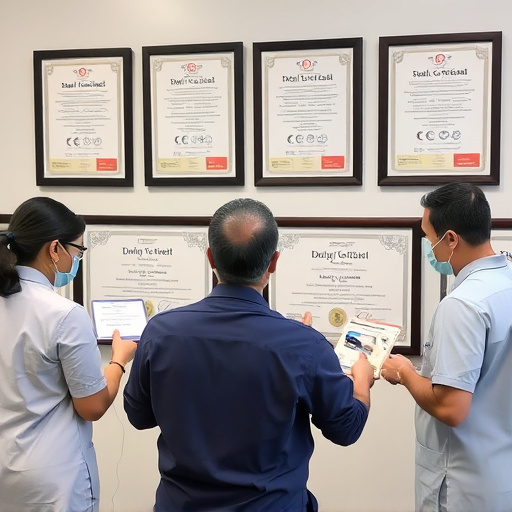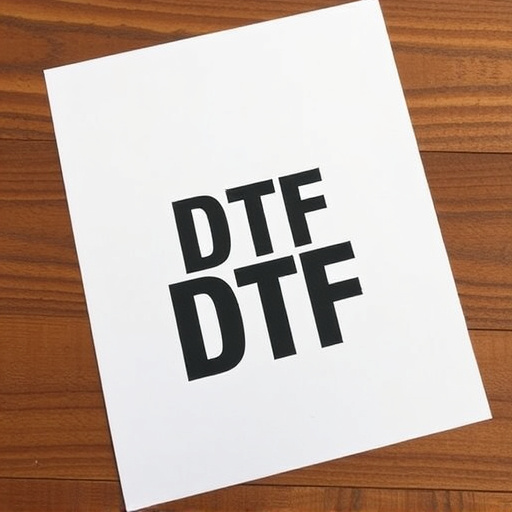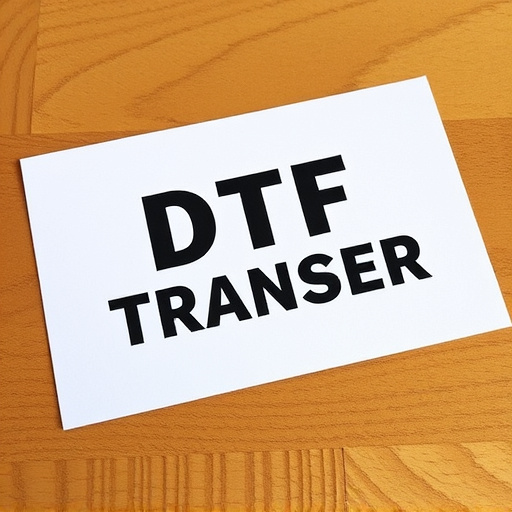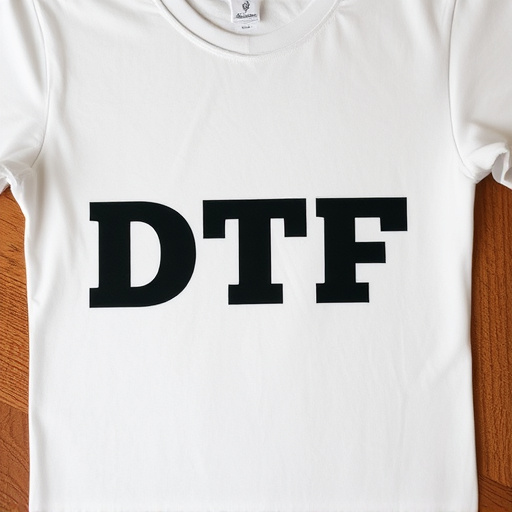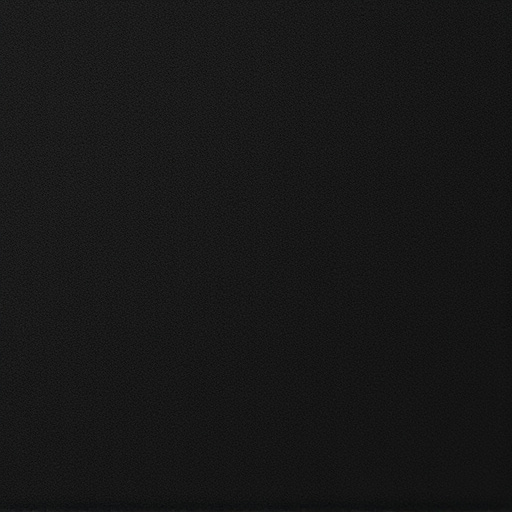Direct-to-Film (DTF) transfers offer advanced printing technology for high-quality, customized film applications. Achieving optimal results requires precise heat settings tailored to specific films and substrates, as well as meticulous printer setup and testing. By carefully managing heat levels, pressure, and substrate preparation, DTF allows for vibrant, long-lasting prints on various materials, making it ideal for promotional items, art, and personalized gifts.
Looking to master the art of direct-to-film (DTF) transfers? This comprehensive guide unravels the secrets to achieving flawless DTF prints. From understanding the fundamentals of DTF technology to delving into advanced techniques, we cover it all. Learn how choosing the right heat settings is paramount for optimal transfer quality and discover factors influencing heat application. We provide a step-by-step setup guide and highlight common mistakes to avoid. Elevate your DTF printing game today!
- Understanding Direct-to-Film (DTF) Transfers: A Brief Overview
- Choosing the Right Heat Settings for Optimal DTF Transfer Quality
- Factors Influencing Heat Application for DTF Prints
- Step-by-Step Guide to Setting Your Printer for DTF Transfers
- Common Mistakes to Avoid When Applying Heat to DTF Films
- Advanced Techniques for Enhancing DTF Print Results
Understanding Direct-to-Film (DTF) Transfers: A Brief Overview

Direct-to-Film (DTF) transfers are a cutting-edge method in printing that allows for the application of intricate designs directly onto various surfaces, including film. This technique has revolutionized the way we approach graphic arts, offering unparalleled precision and versatility. DTF involves transferring ink from a digital design to a film or substrate without the need for intermediate screens or plates, making it an efficient process for producing custom prints.
With DTF Printing, you can achieve stunning results with vibrant colors and sharp details. It is particularly popular among businesses and enthusiasts looking to create unique promotional materials, art pieces, or even personalized gifts. The direct application of ink ensures a seamless finish, free from the imperfections often associated with traditional printing methods. This technology has truly elevated the possibilities in the world of DTF prints, making it an exciting choice for anyone seeking high-quality, customized film transfers.
Choosing the Right Heat Settings for Optimal DTF Transfer Quality

When applying direct-to-film (DTF) transfers, selecting the appropriate heat settings is paramount to achieving exceptional transfer quality. Factors such as film type, ink composition, and substrate compatibility play a crucial role in determining the ideal temperature and pressure for successful DTF printing. Overheating or underheating can result in inadequate adhesion, smudging, or even damage to the film itself.
To ensure optimal DTF transfer, it’s essential to consult the manufacturer’s guidelines and consider testing various settings on scrap material before applying them to final prints. Adjusting temperature in increments of 5°C and pressure in small steps can significantly impact the outcome, allowing for precise control over the printing process. The goal is to find a balance where heat sufficiently melts the adhesive backing without causing unwanted distortion or fading in the printed image.
Factors Influencing Heat Application for DTF Prints

When applying direct-to-film (DTF) transfers, several factors significantly influence the heat application process. The type of DTF transfer film used is a key consideration; different films have varying thermal properties and adhesion levels, requiring specific heat settings for optimal results. For instance, high-quality DTF transfer films often demand lower heat temperatures to prevent image distortion or ink bleeding while ensuring strong adhesion to the substrate.
Additionally, the printing surface’s material and condition play a crucial role. Heat application needs to be adjusted according to whether you’re printing on vinyl, fabric, or other materials, each with its unique coefficient of thermal expansion and absorption properties. Proper heat settings ensure the DTF transfer accurately replicates the design while considering factors like warping, fading, or peeling, especially over time.
Step-by-Step Guide to Setting Your Printer for DTF Transfers
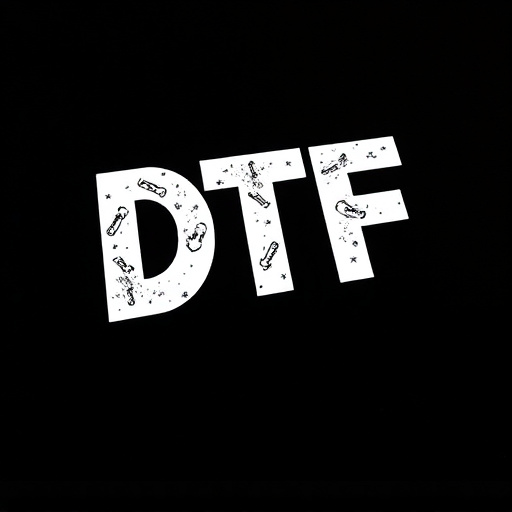
Setting your printer for Direct-to-Film (DTF) transfers involves a precise process to ensure optimal results. Start by loading the appropriate DTF film into your printer, ensuring it’s centered and properly aligned. Next, adjust the print settings within your software. Select the specific DTF transfer material as the printing medium. Modify the resolution to at least 300 DPI for high-quality prints; higher resolutions yield finer details.
Choose the correct color profile and mode, often set to CMYK or Pantone, depending on your design requirements. Adjusting the print order is key: ensure the film is fed from the rear of the printer to prevent any damage. Set the temperature according to the DTF transfer’s specifications; this step varies by material but generally ranges between 120-200°C (248-392°F). Play with print speeds, starting at a slower pace and increasing as needed while monitoring the film for any issues. Test prints are essential to fine-tune these settings before applying them to your final design.
Common Mistakes to Avoid When Applying Heat to DTF Films

When applying heat to direct-to-film (DTF) transfers, there are several common mistakes to avoid that can prevent optimal print quality and longevity of your DTF prints. One of the most frequent errors is exceeding the recommended heat levels, which can cause the film to melt or become distorted, leading to blurry or distorted designs on the final product. It’s crucial to adhere to the manufacturer’s guidelines for heat settings, as different materials and film types have specific requirements.
Another mistake to steer clear of is insufficient heating. Inadequate heat transfer can result in poor adhesion between the film and the substrate, causing bubbles, wrinkles, or even peeling of the film. Ensure you apply enough pressure and maintain consistent contact during the heating process, allowing for a smooth fusion of the DTF transfer onto your desired surface. Proper preparation and attention to detail during heating will ensure vibrant, long-lasting DTF prints every time.
Advanced Techniques for Enhancing DTF Print Results
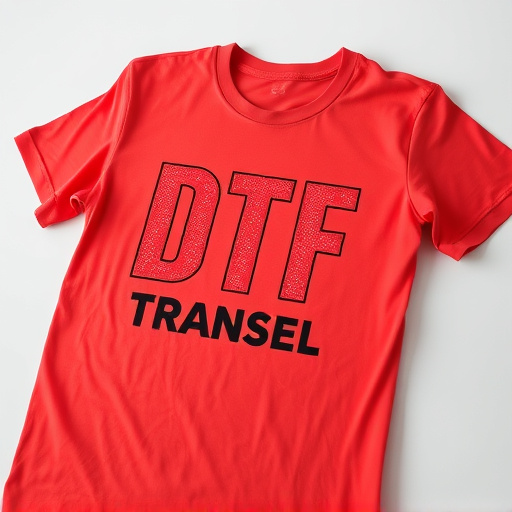
To elevate your DTF transfer game, consider these advanced techniques that can significantly enhance the final print results. First, optimal heat settings are paramount. Experiment with different temperatures and durations to find the sweet spot for each material and design. Remember, a slight adjustment can make a big difference in adhesion and overall quality. Additionally, ensuring proper substrate preparation is crucial. Clean the surface thoroughly to remove any contaminants that could hinder the transfer process, resulting in blurred or uneven prints.
Another pro tip is to pre-test on scrap material. Before applying the DTF transfer to your final project, practice on a similar substrate to tweak settings and get a feel for the application process. This step can save you time and effort, ensuring your DTF prints turn out flawless every time.
